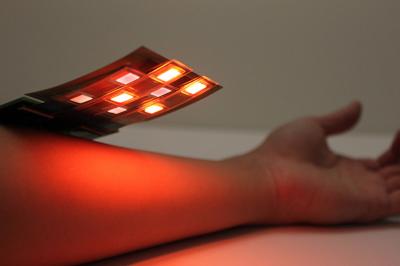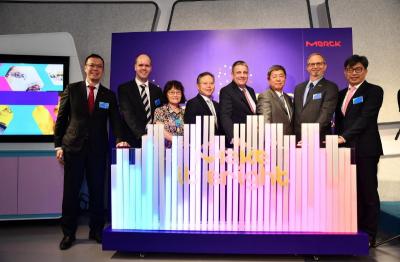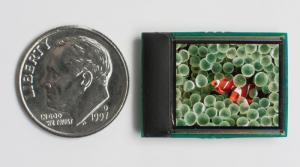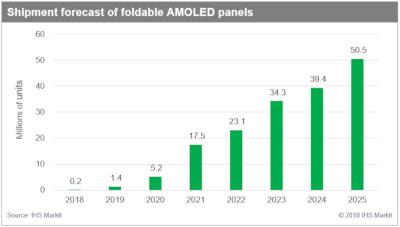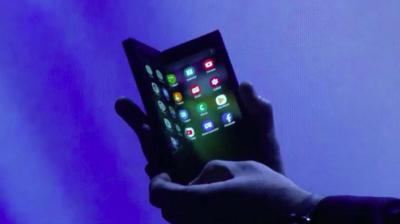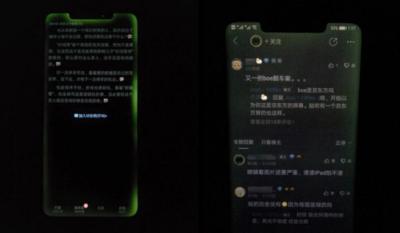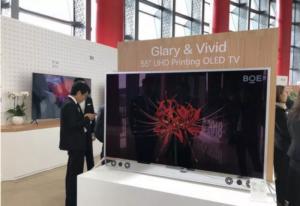OLEDWorks flexible OLED lighting panels, now branded as Wave, are now commercially available
In March 2018 OLEDWorks launched its first flexible OLED panels, branded as BendOLEDs. The company now announced that the panels are now commercially available - and rebranded as LumiCurve Wave, which is the first panel in OLEDWorks LumiCurve product family.
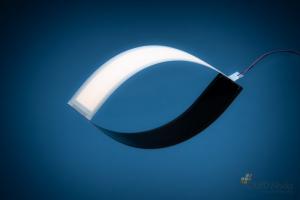
The LumiCurve Wave is produced on Corning's 0.1mm thin Willow Glass flexible glass substrate. OLEDWorks says that the Wave panels are extremely thin and light and deliver the superb light quality and excellent color rendering that is uniquely achievable with OLED.


